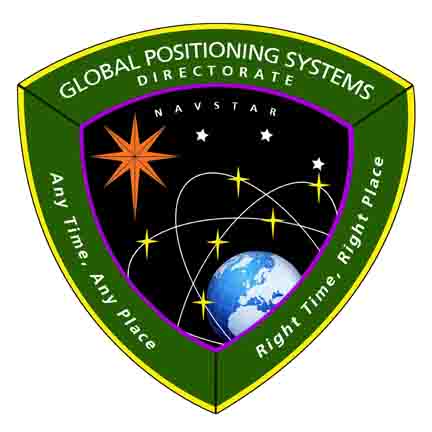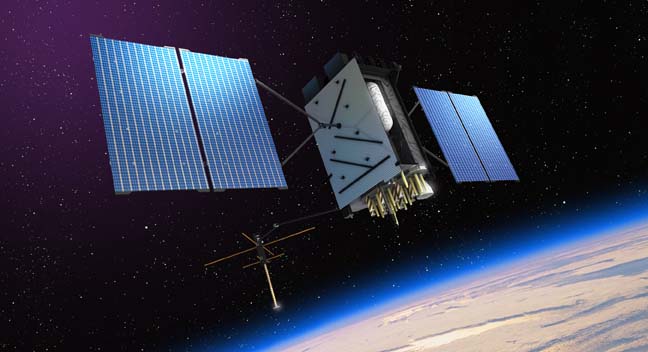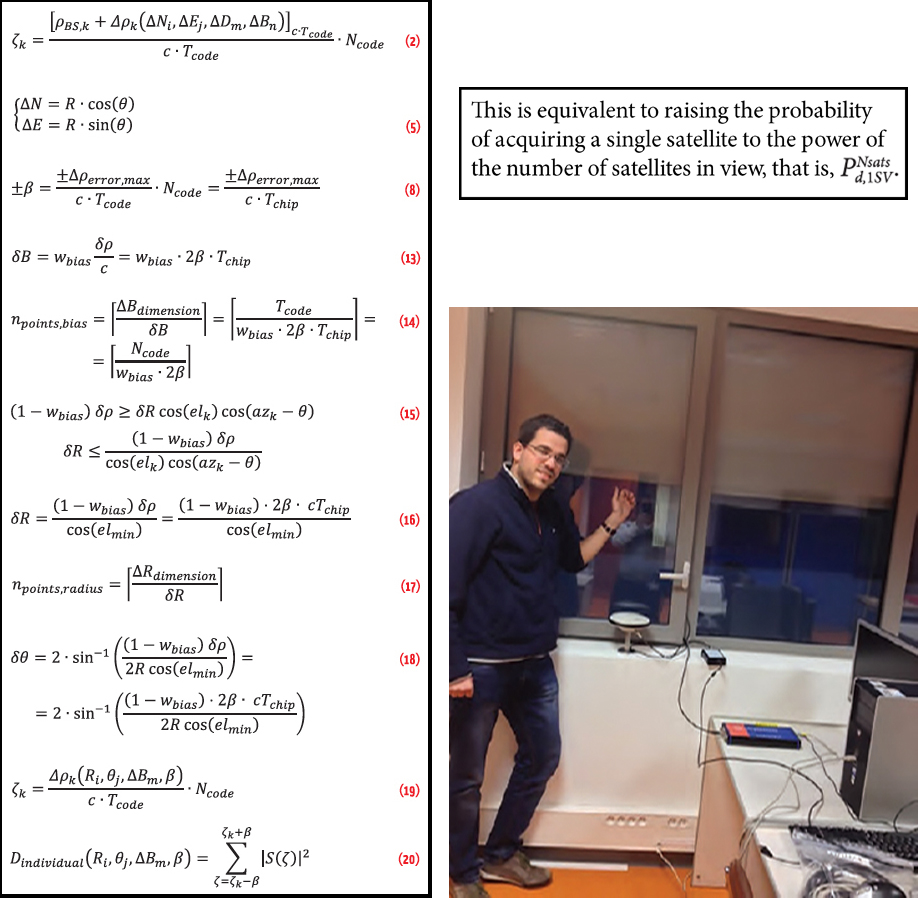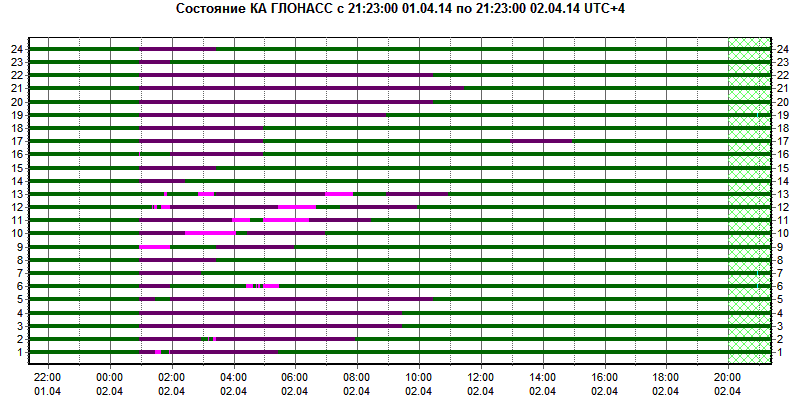GPS Directorate to Hold Public Forum for Feedback on GPS Technical Specifications

The Global Positioning Systems (GPS) Directorate will host an open public forum on August 22 for the following NAVSTAR GPS public documents: IS-GPS-200 (Navigation User Interfaces), IS-GPS-705 (User Segment L5 Interfaces), IS-GPS-800 (User Segment L1C Interface), and ICD-GPS-870 (Navstar Next Generation GPS Operational Control Segment [OCX] to User Support Community Interfaces).
By Inside GNSS



























